Beautiful sight of a dying star
The Ring Nebula looks like a giant gas ring around a white dwarf star. It is seen as representing the fate of the Sun-like stars.
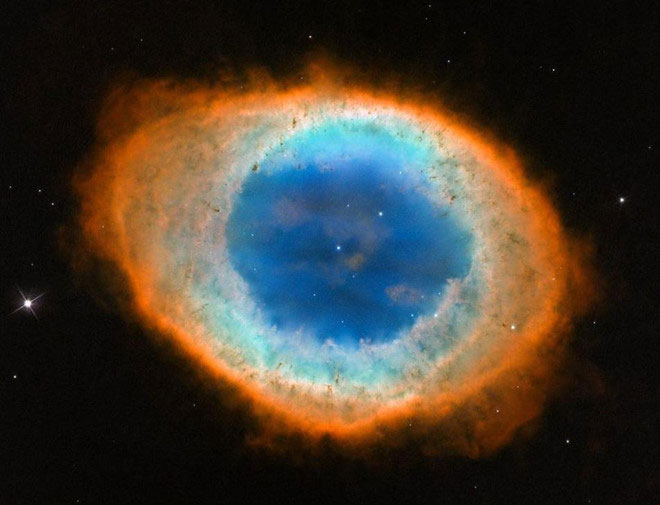
According to Forbes, perhaps the most famous sight of a dying star belongs to the Ring Nebula, discovered in 1779. The Ring Nebula looks like a giant ring of gas surrounding a white dwarf star.It is seen as representing the fate of the Sun-like stars.Although the appearance is very similar, the surrounding air is not the real belt.
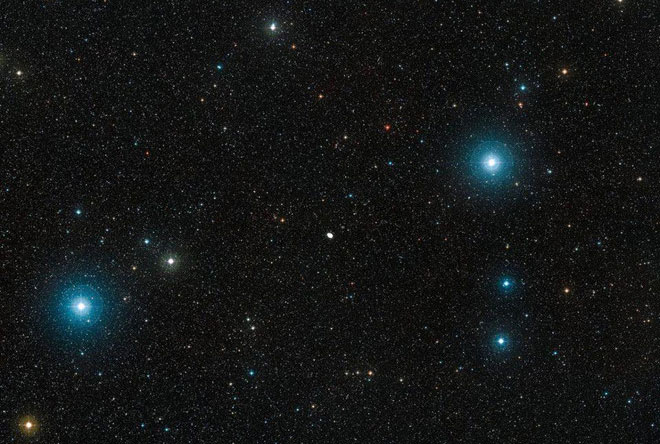
This is the nearest dead star to Earth, more than 2,000 light years away from us.Between the 2nd and 3rd bright stars of the constellation Lyra, the Ring Nebula is easily seen by any telescope, even binoculars.
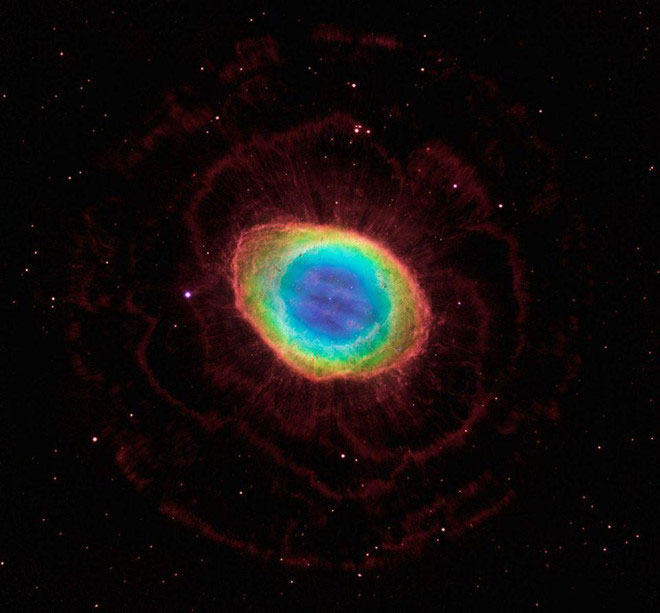
When observing the nebula, astronomer Charles Messier wrote: "It looks dull, but perfectly sketched, as big as Jupiter and like a fading planet." This observation was originally mistakenly referred to as the "Planetary Nebula" (a dying planet) and is still called that way.However, the surrounding air ring appears when the dying star expels its outer layers from the sun (stars) and not the planet.
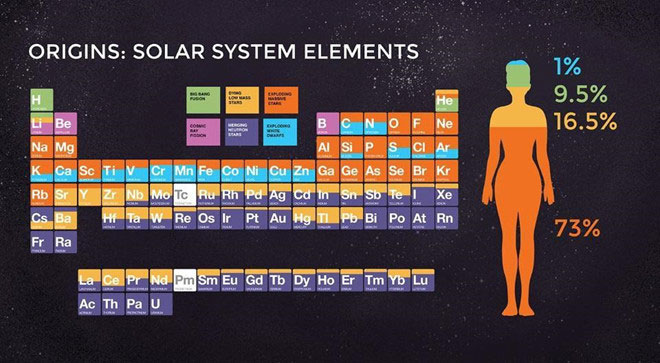
The elements in the gas cloud are in the periodic table.While most elements are known to have originated from stellar explosions or fused neutron stars, some extremely important elements were created primarily in nebulae such as the Ring Nebula.
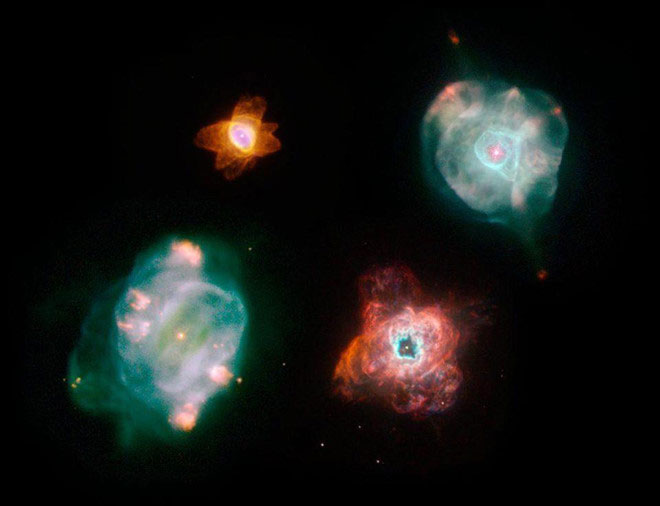
Although it looks very much like a belt, planetary nebulae have many different shapes depending on the nature of the star system they are born in, and are responsible for spreading many heavy elements into the universe.Super massive stars and giant stars entering the planetary nebula phase have all been proven to be the source of many elements in the periodic table.

A giant hydrogen shell diffused around the dying star, followed by blown material flying around.The red outer shell is a sign of very large ionized hydrogen gas and has complex external activity.Sulfur and oxygen ions are shot out of the star, forming many different colored rings.Typical spectral images of the elements help scientists determine what they are.

The Helix Nebula, a similar planetary nebula (shaped like donuts) with the 3D Ring Nebula.It shows that the nebula's structure is much more complex than a mere 'belt'.

Because when viewed, the nebula's structure cluster is almost aligned with its poles, so a belt is seen.In fact the nebula structure is much more complex.

In 2013, astronomers used data from the Hubble glass to map out the 3D structure of the nebula.This diagram shows the shape and structure of the Ring Nebula if viewed from the side, instead of along the line of sight including: The wide halo of the nebula in the inner region, the lobe of material has a lower density. stretching away and the characteristic glowing disk of the nebula.

Telescopes can only see the outer ring of light, so the nebula looks like a belt.In fact it has a complex structure, with external halo and internal disturbance.The Ring Nebula is completely rimless, not spherical.
- The giant tail of the star is dying
- Video: The lonely death of a star
- Superheated plasma balls emanating from the dying star
- How will the sun of the solar system die?
- Revealing the image of the Sun when destroyed
- Close up of dead star
- The Hubble Space Telescope records images of dying stars
- Why the 'dead body' exploded many times over 50 years
- The 'dying' of the largest star in the universe
- Beautiful 'dance' of sardines in the ocean
- The first time a revived star was discovered
- The giant tail of the star is dying
- Scientists see a star about to explode
- Strangely, the girl could smell the smell of dying
 The 11 most unique public toilets in the world
The 11 most unique public toilets in the world Explore the ghost town in Namibia
Explore the ghost town in Namibia Rare historical moments are 'colored', giving us a clearer view of the past
Rare historical moments are 'colored', giving us a clearer view of the past The world famous ghost ship
The world famous ghost ship